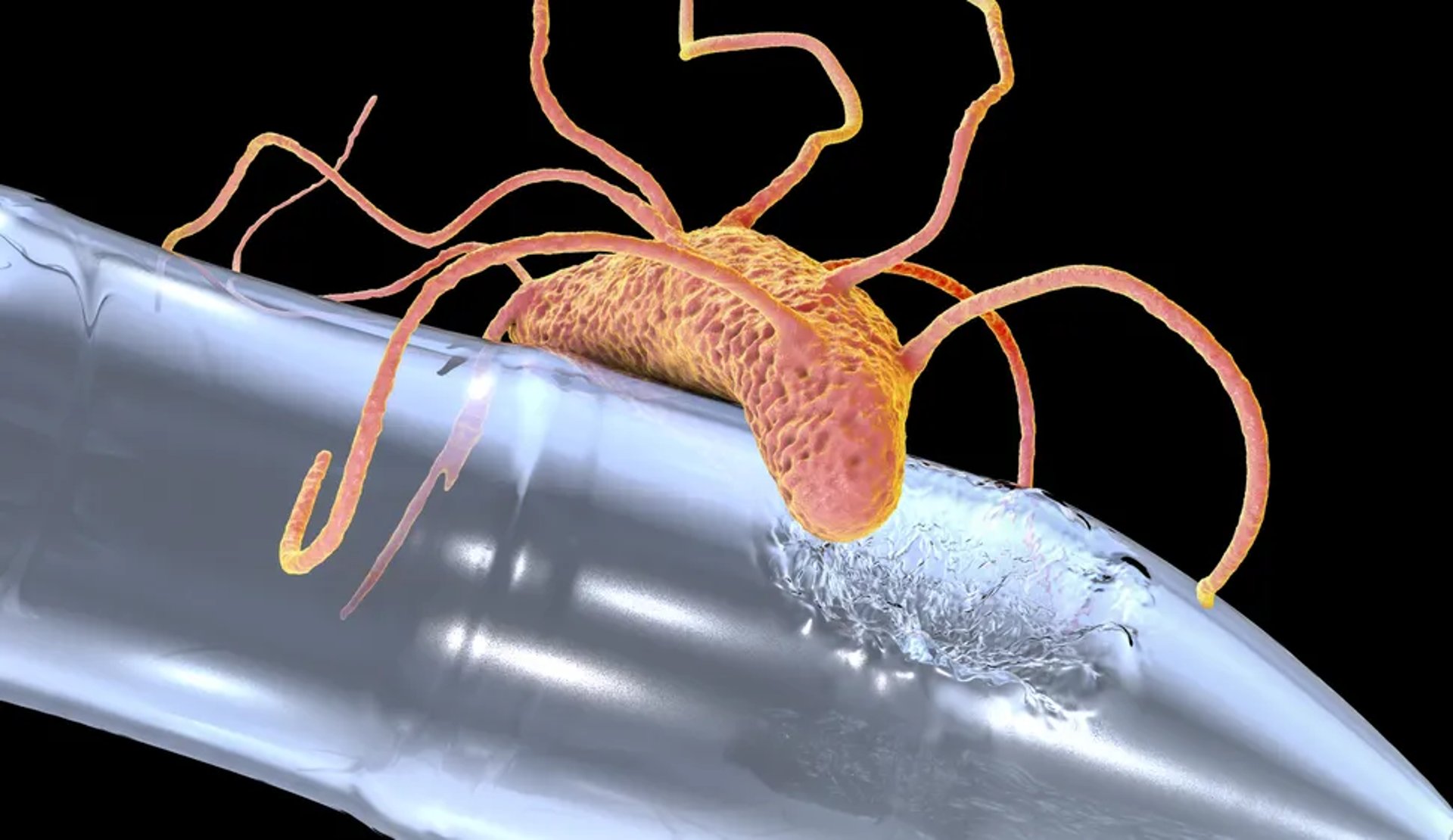
Revolutionary Plastic-Eating Bacteria Discovered
Scientists at Northwestern University have discovered a groundbreaking family of bacteria, Comamonadaceae, capable of breaking down plastics in urban waterways. This bioengineered approach offers promising solutions to combat plastic pollution and could revolutionize_ plastic-eating bacteria
BLOGS-RATHBIOTACLAN
Discovery Revolutionary: Plastic-Eating Bacteria Found in Urban Waterways
For all the choking that plastic pollution is doing to this planet, scientists have finally found some incredible solutions hiding in urban waterways. Researchers at Northwestern University have just identified a family of environmental bacteria called Comamonadacae that can break down plastics. This has the potential to open a bioengineered approach toward a problem which seems insurmountable: that of plastic waste.
How Bacteria Break Down Plastic
For years, researchers knew that Comamonadacae bacteria loved feasting on plastics littering urban rivers and wastewater systems. But the mechanism of how they were able to get by on this food was unclear. The team led by an expert in environmental processes-Ludmilla Aristilde-has finally cracked the code. They find that the Comamonas bacteria first chew it into tiny pieces called nanoplastics before then breaking it down further using a highly specialized enzyme. The bacteria feed on the carbon rings from the plastic.
Our research systematically shows that these bacteria can degrade plastic, down to the molecular level," Aristilde said. "It's incredible that they not only break down plastic but can use it as a carbon source for their growth. This could have huge implications for waste cleanup."
New Pathways for Environmental Solutions
While significant for its potential to unravel the dynamic response of plastics in the environment, this research opens a closed door to creating possible solutions in the form of bacteria to clean up plastic waste. The approaches used here may not qualify to break down the plastic materials like polyethylene terephthalate, which is widely used in packaging and bottles that hold beverages, but the bacteria have been shown tremendous promise in metabolizing such resilient materials.
PET plastics make up an amazing 12% of worldwide plastic consumption and therefore a large percentage contribution to the total microparticles introduced into water systems. Among their landmark studies, Aristilde and coworkers identified how a bacterium isolated from wastewater, Comamonas testosteroni, breaks down PET plastics down to the monomer level-all the way to small construction blocks the bacteria can reuse for its own growth.
Unveiling the Mystery of the Enzyme
The Northwestern scientists then isolated the specific enzyme that catalyzes the degradation. In collaboration with investigators at Oak Ridge National Laboratory, they then made bacteria that lack this enzyme: their plastic-degrading capabilities were diminished or gone altogether. This highlights the enzyme as an important element in the degradation process and thus as a possible point of attack for bioengineering applications.
Knowledge of Plastic Behavior in Waterways
In the environment, the research has a big potential in bringing some environmental solutions. It reveals how plastics develop in water systems. Most people tend to believe that nanoplastics are introduced in wastewater systems, but they are mainly broken into smaller particles through microbial activity. This has huge implications on plastic waste and microplastics with how society is handling it, especially in water treatment systems.
The Future Ahead
This represents a significant step toward understanding how we might harness nature's own mechanisms to counteract plastic pollution. And as we continue to hone how we can improve these bacteria and their enzymes, the potential of a cleaner future opens up.
The research conducted here will be released in Environmental Science & Technology as a publication that might open the door for much more research into bacteria-based solutions for plastic waste clean-up.
ADVERTISEMENTS
ADVERTISEMENTS
Engage with Us:
Stay tuned for more captivating insights and News. Visit our Blogs and Follow Us on social media to never miss an update. Together, let's unravel the mysteries of the natural world.
